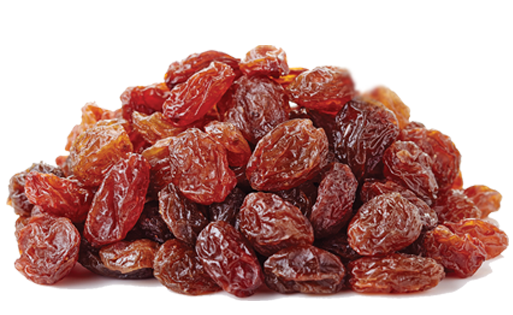Iranian raisins, a culinary gem with a rich history and captivating flavor, have long captivated the palates of individuals worldwide. These sun-ripened fruits, boasting a symphony of sweetness, tanginess, and earthy nuances, have earned their place among the world’s finest dried fruits.
Digging into History: Unveiling Iranian Raisin’s Origins
Iranian raisins trace their roots back to the ancient civilizations of Persia, where they held a position of esteem and were revered for their culinary and medicinal properties. Evidence of raisin production has been unearthed in archaeological sites, testament to the deep-rooted heritage of this exquisite dried fruit.
A Tapestry of Varieties: From Sultanas to Black Currants
Iranian raisin cultivars encompass a diverse spectrum, each with its distinct characteristics and flavor profiles. Sultanas, with their golden-amber hue and sweet, slightly tart taste, are a favored choice for confections and baking. Black raisins, boasting a deep purple complexion and rich, tangy flavor, find their niche in savory dishes and Mediterranean cuisine.
Harnessing the Sun’s Radiance: Preserving Natural Goodness
Iranian raisins undergo a traditional sun-drying process, a time-honored method that utilizes the sun’s gentle heat to gently remove moisture without compromising the natural flavor and nutrients of the grapes. This meticulous technique ensures that the raisins retain their vibrant color, intense flavor, and abundance of essential vitamins and minerals.
A Nutrient-Rich Bounty: A Symphony of Health Benefits
Iranian raisins are a nutritional powerhouse, brimming with essential vitamins and minerals that support overall well-being. They are an excellent source of dietary fiber, crucial for digestive health and promoting a feeling of fullness. Additionally, Iranian raisins are rich in potassium, calcium, and iron, essential for maintaining bone health, muscle function, and nerve transmission.

A Culinary Chameleon: Embracing Endless Culinary Versatility
Iranian raisins shine in a diverse array of culinary applications, adding sweetness, tanginess, and a delightful crunch to both sweet and savory dishes. They are a staple ingredient in Persian cuisine, featured in traditional rice dishes like polo, halva confections, and bastani sorbet. Iranian raisins also grace Mediterranean dishes, enhancing the flavors of salads, dips, and baked goods.
From Breakfast Staple to Indulgence: A Culinary Icon
Iranian raisins are a versatile ingredient, seamlessly integrating into breakfast staples, desserts, and snacks. They add a burst of sweetness and nutrients to oatmeal, cereal, and yogurt, providing a wholesome and energy-boosting start to the day. Iranian raisins also play a starring role in granola bars and energy bites, offering sustained energy throughout the day. Their delectable flavor and versatility make them a popular choice for desserts, from fruit leathers and trail mixes to decadent chocolate confections.
Embodying Heritage: A Culinary Legacy
Iranian raisins embody a profound connection to tradition and heritage. They symbolize the culmination of centuries of cultivation expertise, preserving the essence of Iranian agriculture and culinary heritage. From ancient times to the present, Iranian raisins have been a source of culinary inspiration, enriching the flavors and traditions of countless cuisines worldwide.
Conclusion: A Symbol of Excellence
Iranian raisins stand as a testament to the enduring appeal of exceptional dried fruits. Their impeccable quality, rich flavor, and abundance of nutrients make them a global treasure, sought after by chefs, health enthusiasts, and snack lovers alike. As we savor the taste of Iranian raisins, we embark on a journey through time, connecting with generations of passion, craftsmanship, and culinary heritage.






You have a unique perspective, and it adds a lot to this discussion. ❤️